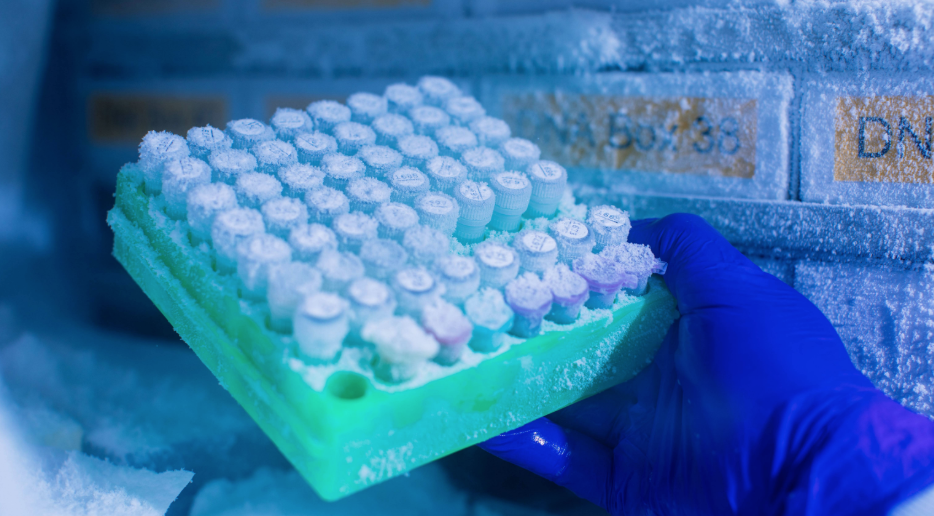One of the things that are rapidly moving forward in the realm of health and science is the biobank – an information repository or collection of health-related samples that are typically obtained through medical processes. These records can be utilized to better comprehend the progression of the disease, examine new treatments and medications and enhance public health by utilizing information about an individual’s genetics as well as family history as well as other variables.
After the completion of the biobank’s first sample collection, the next samples are submitted and further data are collected. In time, the expanding amount of genotypic, phenotypic medical, environmental, and genomic data could be used to create a greater understanding of the relation between health and diseases. Navigate https://www.geneticistinc.com/blog/what-is-a-biobank to get an overview of biobank before storing samples.

Recent advances in Human Tissue Storage:
There is a surge in the demand for human tissue samples, which has led to an urgent need to create a different kind of biobank. Biobanks are a storage facility filled with biological samples that are stored, collected, and then used to study particular illnesses.
Technology advancements have enabled scientists to keep the tissue in nitrogen liquid, or cryogenically freeze them in order to preserve DNA. This has allowed researchers to utilize the tissues without damaging their integrity and making them inaccessible for further research.
Biobanks are an essential element in the way that medicine advances. It has helped to discover the causes of many diseases, like Alzheimer’s disease and cancer. However, the technology is now being utilized for a larger purpose, which is to preserve the entirety of humanity’s DNA. Biobanks are used to take DNA samples of people all over the world and store them in a secure location.